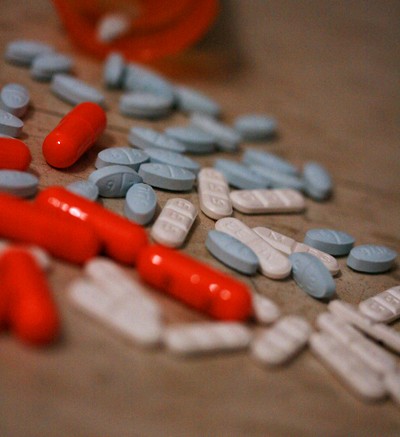Advera Health Analytics is a company that examines FDA post-marketing data scraping for safety alerts, analytics and insights about currently used medications. In their latest report, they analyzed and compiled data on Alzheimer’s medications from several pharmaceutical companies, as these drugs are often associated with significantly hazardous adverse reactions. In their study they used a reporting odds ratio (ROR) to compare the actual number of side effects reported by users, to the number of standard adverse reactions expected. Any ROR result above 1.5 means that the actual number of adverse reaction is more than 50% higher than expected, meaning that a safety issue alert should be averted. According to their research the worst performing Alzheimer’s drugs were those manufactured by Allergan ($AGN), Novartis ($NVS), and the Japanese Eisai, to a point where these meds could be considered more dangerous than useful.
Side effects from Allergan’s Namenda, and Eisai’s Aricept included serious and potentially lethal adverse reactions including respiratory failure and sudden death, whit gastrointestinal hemorrhage and convulsions being reported as the “lesser” ones. Novartis’ Exelon patch was associated with 309 cases of agitation with an ROR of 5.83, 335 cases of hallucination with an ROR of 8.68 and 221 cases of abnormal behavior with an ROR of 6.72, summing up to 20 safety alerts with a ROR higher than 2.0. This prescription generated also two other high-alert safety issues, with 23 cases of femoral neck fracture with an ROR of 8.25 and 44 cases of fracture with an ROR of 5.92. However as Exelon is often prescribed to Parkinson’s patients, falling down is a common issue for these patients, so this data should be taken with greater caution, as explained by Keith Hoffman, the Advera Health Analytics’ VP of scientific affairs.
Aricept was also associated to several adverse reactions, including 197 cases of agitation (ROR = 6.33), 86 cases of abnormal behavior (ROR = 4.39), 123 cases of hallucination (ROR = 5.31) and 313 cases of syncope/loss of consciousness (ROR = 8.19).
Namenda generated 274 reports of agitation (ROR = 8.90), 144 reports of abnormal behavior (ROR = 7.40), 147 reports of hallucination (ROR = 6.35), 95 reports of hypersomnia (ROR = 12.87), and 11 reports of femoral neck fracture (ROR of 6.64).
Other worrisomely high RORs for adverse reactions associated with these prescriptions included nonspecific blood pressure drops and shock (Aricept reported 663 cases, ROR = 2.34), disturbances and movement disorders including Parkinson’s, and eating disorders (Exelon reported 234 cases, ROR = 5.36).
The various companies answered differently to Advera’s findings. Eisai firmly keeps behind Aricept’s safety and efficacy, and refused to acknowledge the report until they can “review the full report published … or the algorithms that were used for the firm’s analysis”, as they explained to FiercePharma.
[wp_ad_camp_3]
Symptoms such as hallucinations, agitation, fractures and abnormal behavior in Alzheimer’s patient “may also be related to the underlying disease in this population,” was the official explanation provided by the Novartis spokeswoman instead, who also explained to FiercePharma that “patient safety is of paramount importance for Novartis and we monitor all aspects of patient safety on an ongoing basis.”
Among the other drugs examined by Advera, Johnson & Johnson’s ($JNJ) Razadyne and Razadyne ER, and Allergan’s Alzheimer’s newcomer Namzaric, showed less reports of serious side effects thant Exelon, Namenda and Aricept. Hoffman explained that all these drugs works in a very similar way (Except for Exelon), so it’s hard to understand why there were so many disparities among the various meds.
“We look at the literature and say, okay, there’s speculation about these types of side effects. Is there evidence to support such in the real world post-marketing data we have access to? And we’ll look at those data and sometimes the safety issue mentioned in the literature correlates, but sometimes it does not,” Hoffman said. “Usually we could postulate that mechanistic differences between Razadyne and other drugs in the class might explain the varied post-marketing results we saw here. In this case however, we cannot make that assumption as the drugs work in the same way.”
When asked about the safety of their drugs Razadyne and Razadyne ER, J&J’s Janssen division explained to FiercePharma that “our highest priorities are the safety and well-being of patients who use our products. We continually monitor the safety of all Janssen medicines and report adverse events to the FDA and other regulatory authorities, as required and necessary.”
REFERENCES
“Special Report | Alzheimer’s Disease Medication”.info.adverahealth.com
